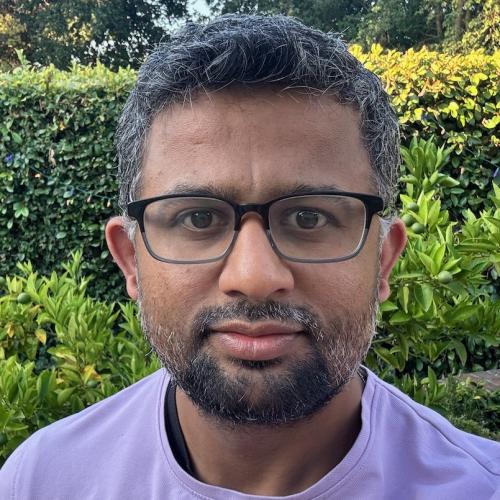Prescheduled 1-2-1 Meeting Slots
12.50-1.05 – Meeting Slot 9
1.10-1.35 – Meeting Slot 10
1.40-2.00 – Meeting Slot 11

Maru is a seasoned DevOps engineer with over 15 years of experience architecting solutions that scale. He currently leads the Infrastructure team at Standard AI, where he orchestrates hybrid infrastructure that powers cutting-edge machine-learning workloads that are reshaping retail.
After earning bachelor’s and master’s degrees in Computer Science from Indian Institute of Technology (IIT) Bombay, Maru has conquered diverse tech stacks throughout his career - from desktop and mobile applications to large scale distributed systems. Over his decade-plus journey through the startup ecosystem, he's delivered breakthrough solutions including smart car IoT devices, intelligent music learning platforms, and autonomous checkout systems. Maru gravitated towards the DevOps culture, finding a passion for scalable cloud-native technologies and continuous delivery of AI workloads.
Prescheduled 1-2-1 Meeting Slots
12.50-1.05 – Meeting Slot 9
1.10-1.35 – Meeting Slot 10
1.40-2.00 – Meeting Slot 11